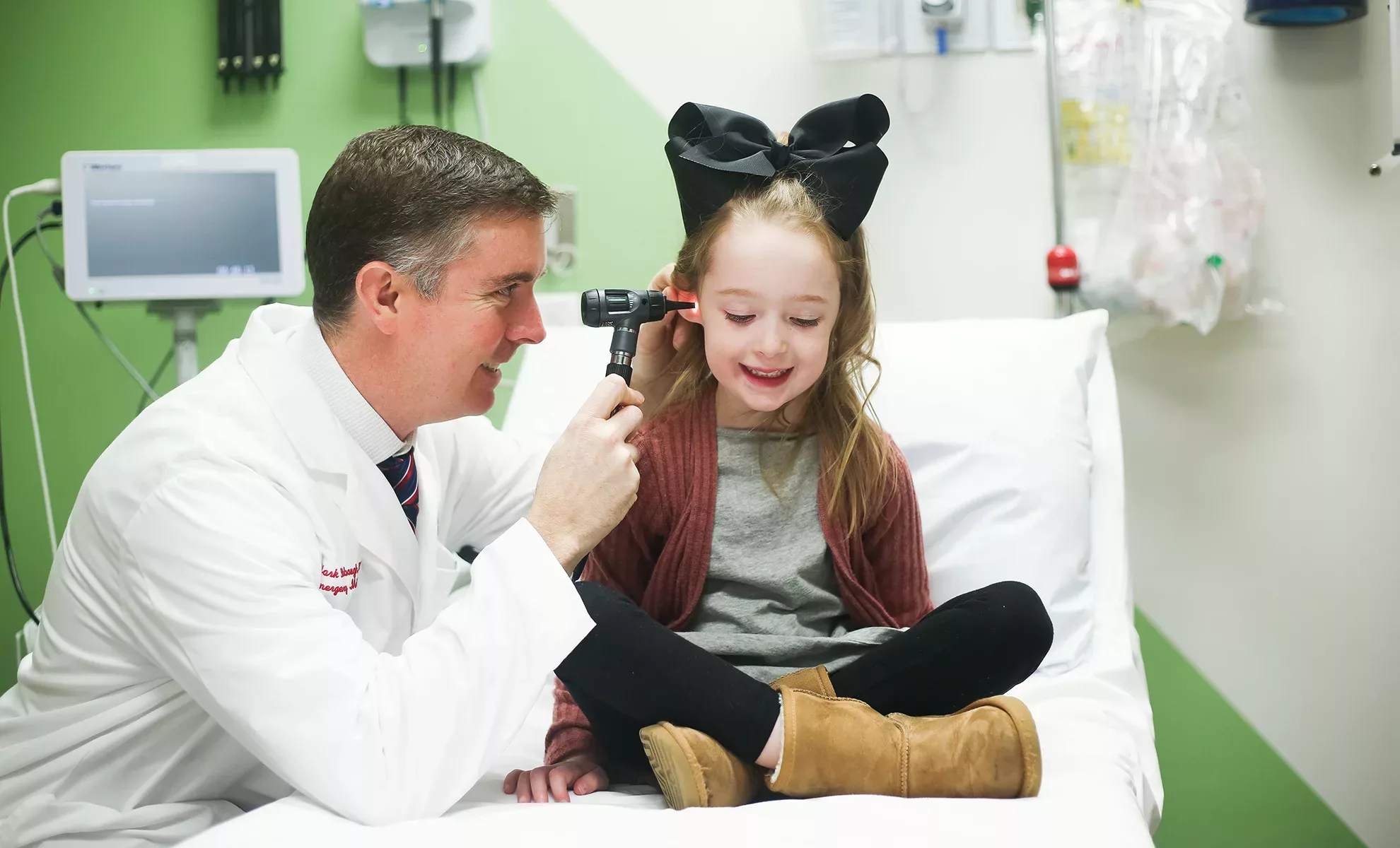In partnership with physicians, Nutex Health Inc. is improving and expanding access to healthcare. Tom Vo, Chairman, CEO and Founder, emphasizes the need for complete alignment
TREATMENT IN ALIGNMENT
“The main reason for complete alignment with physicians, staff, patients and the community is very simple: to provide the best patient care possible.”
Alignment between these healthcare stakeholders is one of the key differentiating factors of Nutex Health Inc. (Nutex) according to Chairman, CEO and Founder, Tom Vo.
Headquartered in Houston, Texas and founded in 2011, Nutex is a physician-led healthcare management and operations company with approximately 1,500 employees nationwide and comprises two divisions: Hospital and Population Health Management.
The former currently owns and operates 22 healthcare facilities in eight different states, whilst management, administrative, and other support services are provided by the latter to affiliated hospitals and physician groups.
Having worked as an emergency room (ER) physician in both large and small hospital systems in Houston, Vo recognized the critical need for access to medical care that Nutex’s facilities throughout the US now provide.
“At the time, everyone had to go to a central location in order to get care. The thought was if we could bring medical care much closer to the communities where people lived, that would be extremely valuable. So that was exactly what we did!” he recalls.

PHYSICIAN PARTNERSHIPS
Physicians dissatisfied with their local hospital system and in need of a change often reach out to Nutex.
Whether their working conditions are below standards, job satisfaction is poor, or their pay is low, Nutex enters the picture and partners with these physicians to help build hospitals in their communities.
So far, the company has partnered with over 200 physicians who are given an equity stake in the hospital and the opportunity to invest in the project, so they have total skin in the game. This makes physicians both a medical partner and a financial one.
“It creates a complete alignment so that if the business does well, the physician does well, and if the business fails, then the physician loses out,” explains Vo.
“The strategy has worked out very well so far as most of our physician partners are much happier in their personal and professional lives, and we have helped to extend their careers as physicians.
“These partnerships have been life-changing for our physician partners. You cannot operate a company with unhappy doctors, nurses and employees; they have to be happy, comfortable and content. Once you have that, then you’re going to have happy patients,” he continues.
Alignment with physicians is therefore key for Nutex in order to treat patients well and execute the company’s mission of providing the best medical care in the community.
Patients are the biggest beneficiaries of Nutex’s alignment model, as physicians are naturally incentivized to go the extra mile and treat patients better.
“We see this in all of our hospitals’ reviews on Google, Yelp and Facebook. Every single one of our hospitals is rated at least 4.5 or above,” Vo acclaims.
“How do you provide the best patient care? It’s really simple: by making sure that the people who treat those patients are well aligned, taken care of, happy and satisfied.”

“How do you provide the best patient care? It’s really simple: by making sure that the people who treat those patients are well aligned, taken care of, happy and satisfied”
Tom Vo, Chairman, CEO and Founder, Nutex HEALTH INC.
AUGMENTING TECHNOLOGY
Of equal importance to Nutex is technology, which the company utilizes to help its physicians and nurses to operate more efficiently.
For example, its cloud-based proprietary technology platform aggregates data across multiple information systems, settings and sources to create a holistic view of each patient and provider.
Vo believes that Nutex will be the future of healthcare, and technology is even being implemented to streamline the likes of accounting, human resources, payrolls, benefits, and credentialing into one consolidated package.
“This is a huge task considering we have about 80 different LLCs that we need to integrate,” he acknowledges.
“Our next project will be implementing a telepsychology service, so that we can get a virtual psychiatrist into all of our ERs and hospitals to help with the mental health crisis.”
Technology is a big part of what Nutex does and why the company is successful, to ensure a great patient experience for everyone that walks through the door.
Nutex sees technology as a tool that augments people, rather than replacing them, and enables better care and treatment to be provided for patients.
“We are very technology-driven, and even though technology is important, it doesn’t replace the secret sauce that is our people. It is a tool that we use in order to provide the best patient care,” Vo emphasizes.
“Almost every single decision that we make is related to patient care. Our philosophy is that once patient care is taken care of, then everything else will follow suit, and that has been working for the last 11 years.”
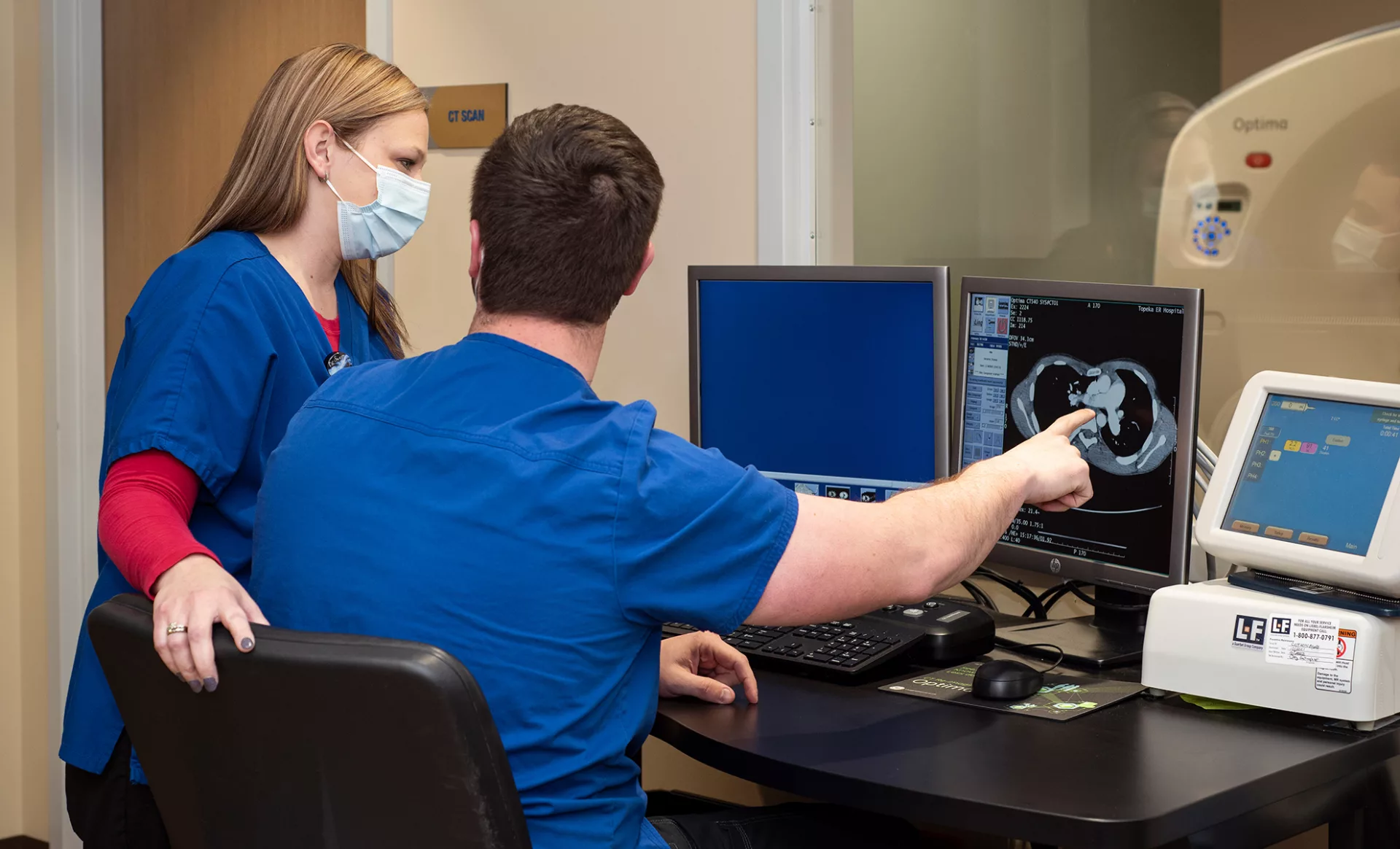
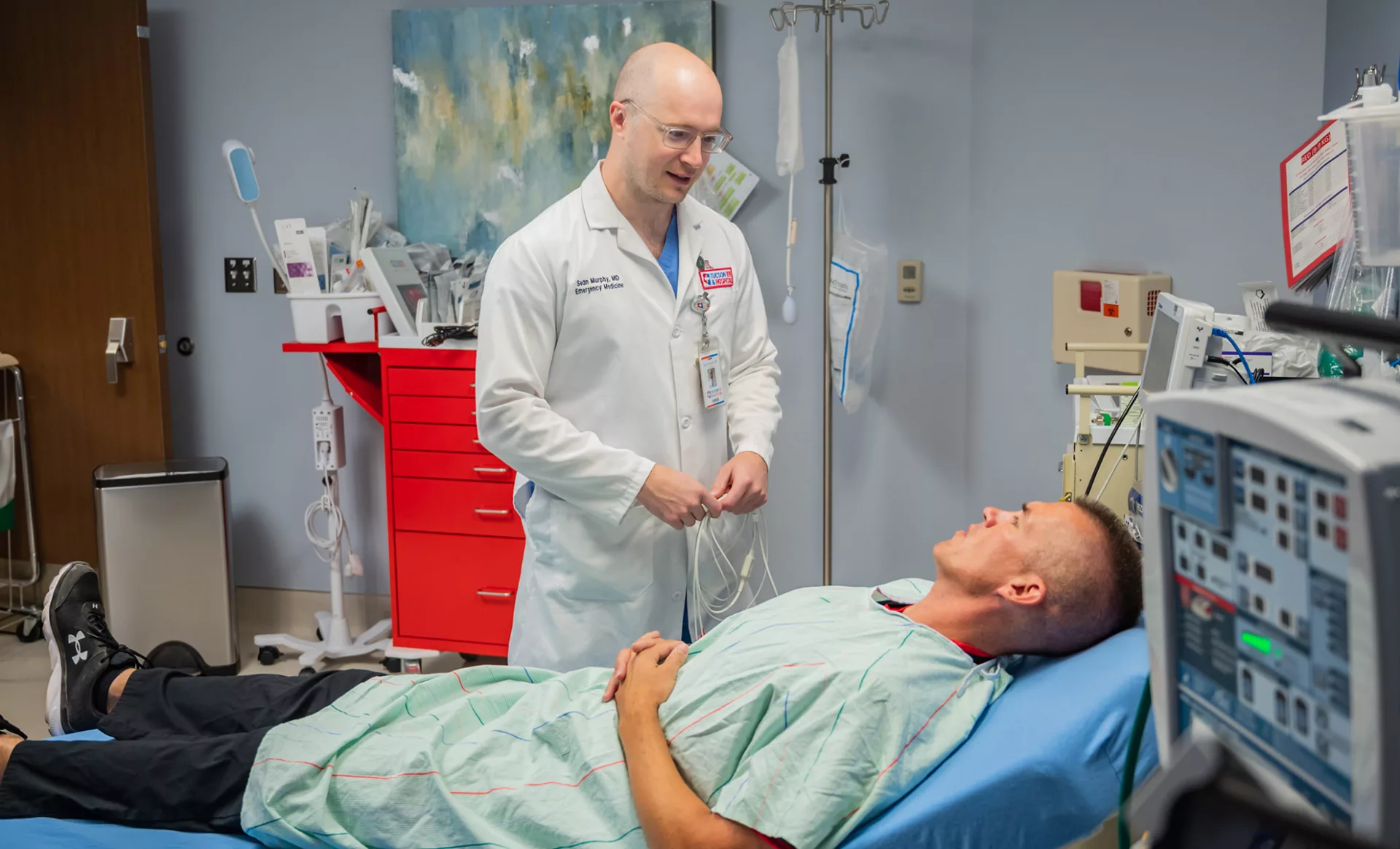
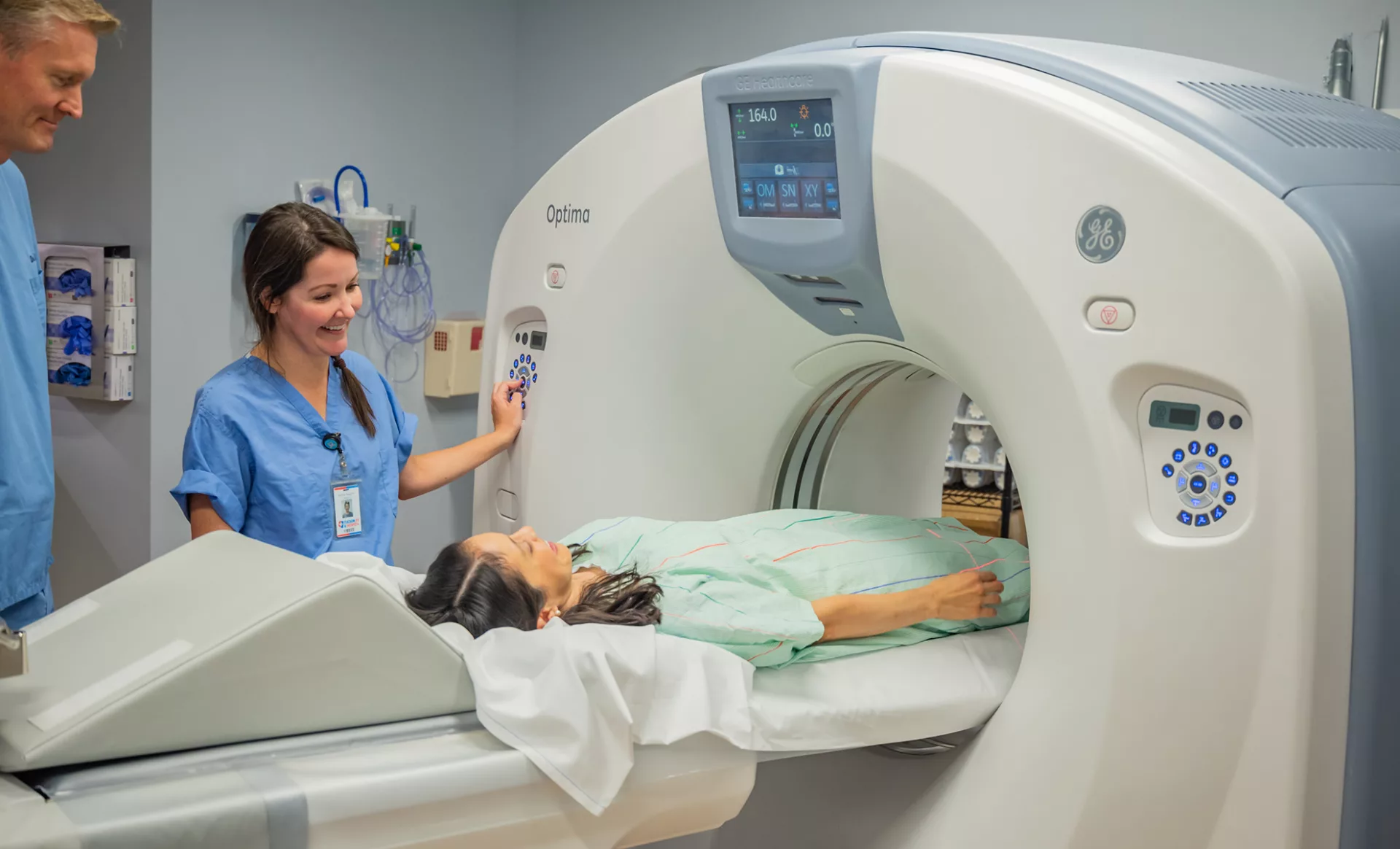
EXPANDING FOOTPRINT
Nutex plans to open at least 20 locations over the next few years, effectively doubling the company’s current hospital footprint.
All of these locations, which are either under development or in the latter stages of construction, will make a difference in the lives of people in these communities.
“We are the only company in the country that operates small hospitals that can be easily and cost-effectively placed anywhere,” Vo tells us.
“Most of these new locations were brought to us by local physicians and healthcare leaders who requested that we open hospitals because of deficiencies in the local market. We’re very excited about the expansion; the whole reason why we became a public company was so that we could expand.”
For new and existing hospitals, Nutex also plans to create Independent Physician Associations (IPAs) to help drive volume as well as reduce medical costs.
Owned and operated by the Population Health Management division, IPAs are small business entities that unify groups of small physician practices, reducing overheads and allowing them to act as a whole when making business decisions.
“It’s a network of primary care doctors that would feed the hospital, forming a micro healthcare system within each location,” details Vo.
“There is a fair amount of work that goes in every time we open up a new location, but it’s absolutely worth it because we think that local physicians, patients and communities need it.”
Hospitals opened up by Nutex not only bring expert care to each community, but disrupt any medical monopolies in the area.
Monopolies bring about complacency and an unwillingness to change, so when Nutex enters the market, local hospitals have to adapt and elevate their patient care and customer service in order to compete.
“It results in a win-win situation for both the community and the patients. In addition, more healthcare means more businesses that are willing to move to the area, increasing commerce as a result of our entry into the market,” Vo informs us.
“Healthcare is a stimulus for other businesses; in other words, it’s hard for communities to grow and attract new businesses unless there is sufficient healthcare to take care of all the workers and a safety net available to help employees when they get sick.”
This was exemplified in recent times by the COVID-19 pandemic, during which many medical facilities were not open to the public.
In response, Nutex ramped up its facilities and operations during the pandemic and became a safety net for many patients that otherwise would not have been taken care of.
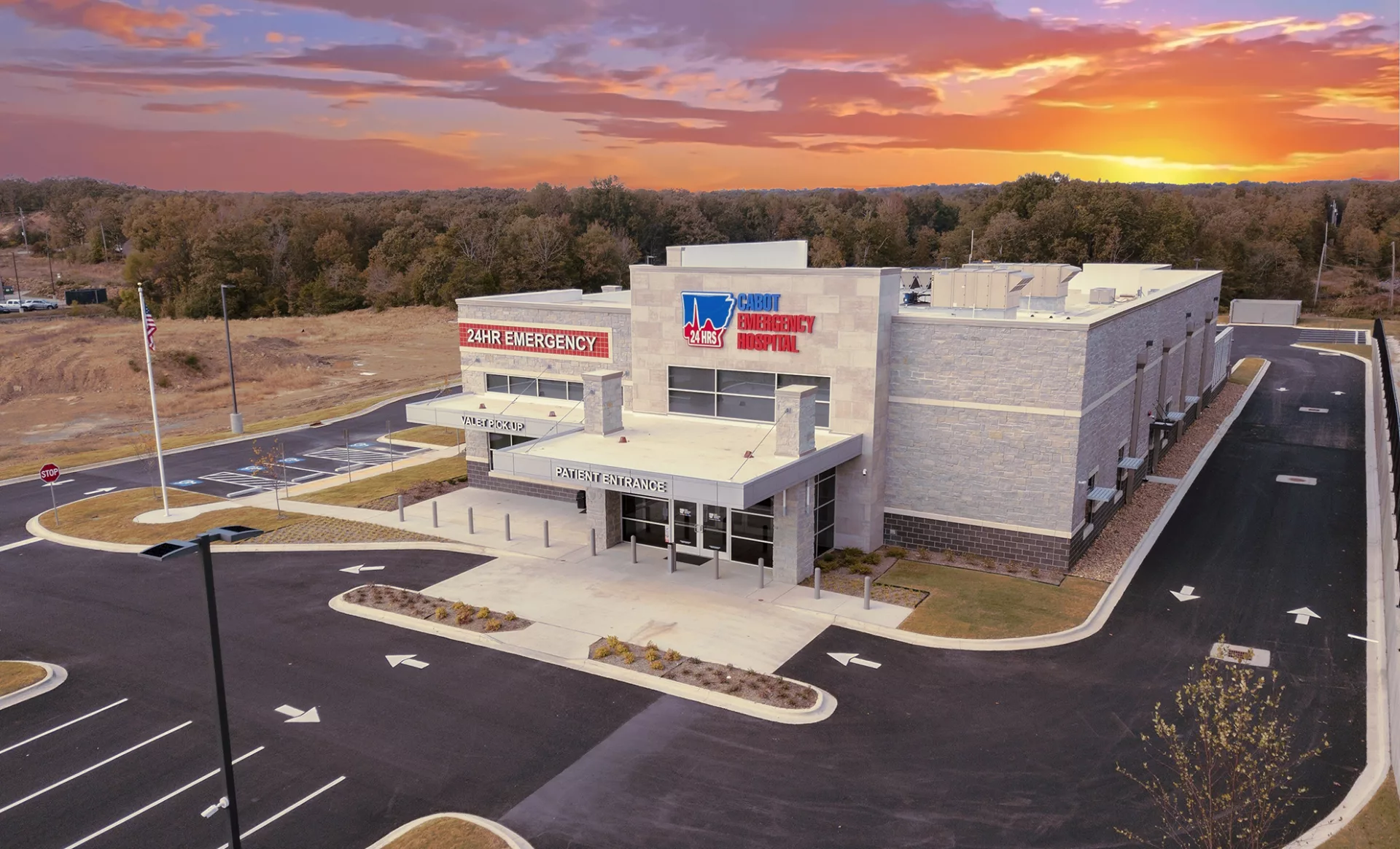
AN EFFICIENT FUTURE
COVID-19, seasonal viruses, and an aging population are just a few reasons why there is an urgent need for healthcare services in the US.
“We also have a large problem with staffing both physicians and nurses. Healthcare is definitely a challenging industry to be in, but also a rewarding one,” says Vo.
Despite the challenges, Nutex’s goal is simple: to continue its growth trajectory whilst providing value for shareholders, constituents, partners and employees.
Healthcare going forwards is going to be geared more towards much smaller hospitals, according to Vo, with less patients gravitating towards larger medical centers.
“I think smaller hospitals could probably take care of 70 to 80 percent of everything that needs to be taken care of, and when there are more complicated cases, we could refer them to bigger medical centers,” he outlines.“Currently, the system is inundated with patients and is not efficient, so our goal is really to bring efficiency. We are part of the future, and our aim is to put as many of these small hospitals out there as possible so the masses have access to medical care.”



